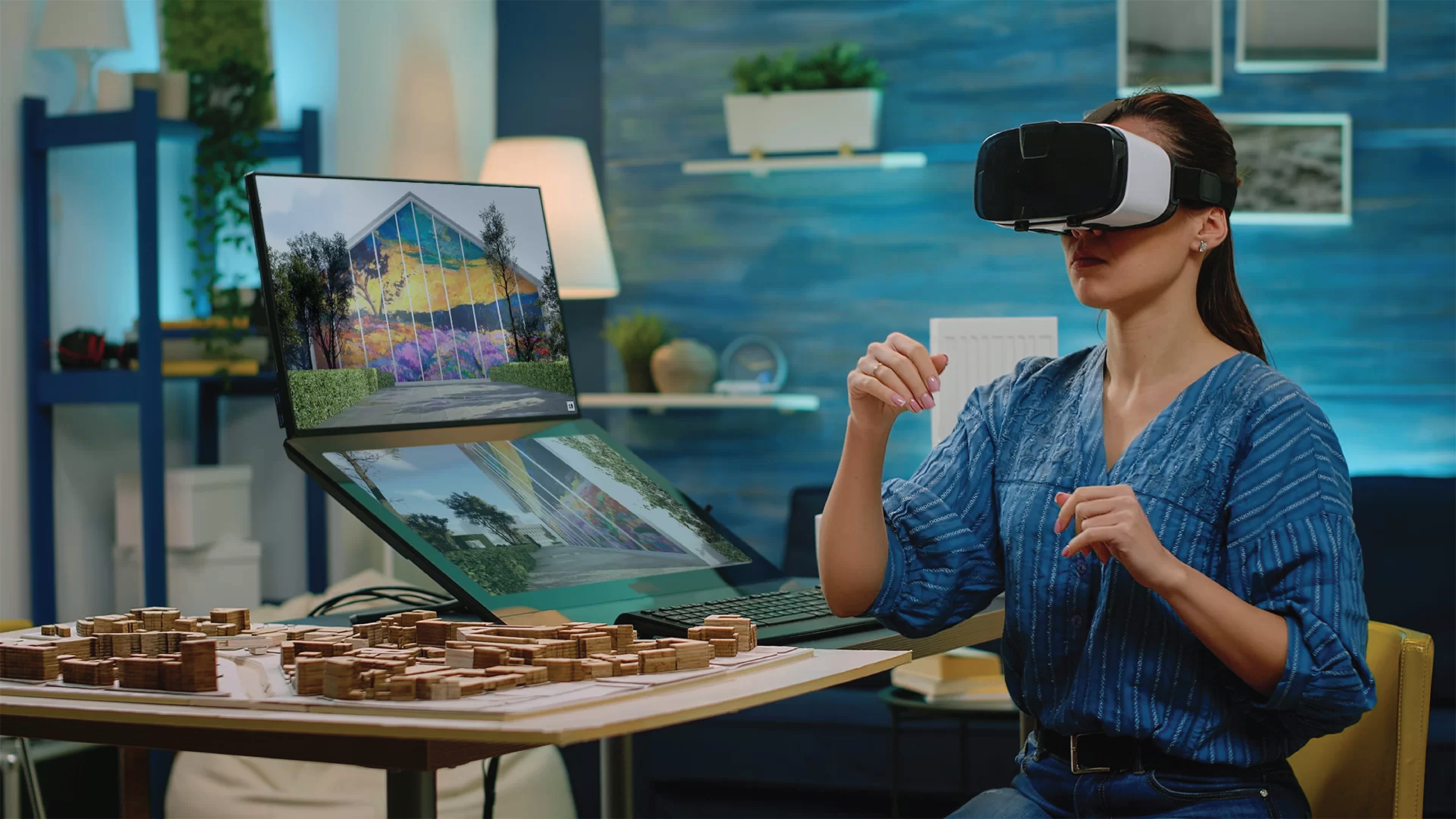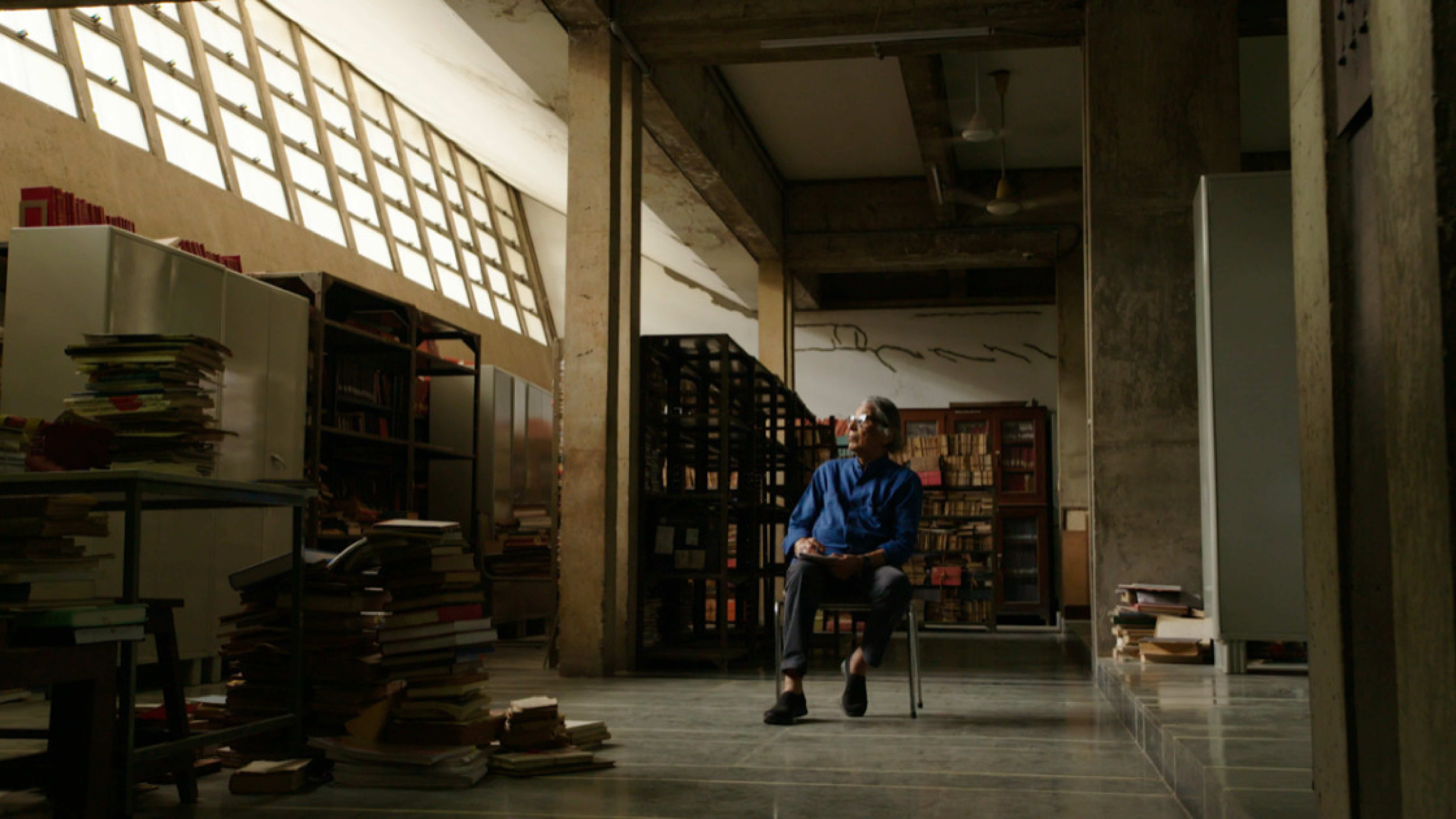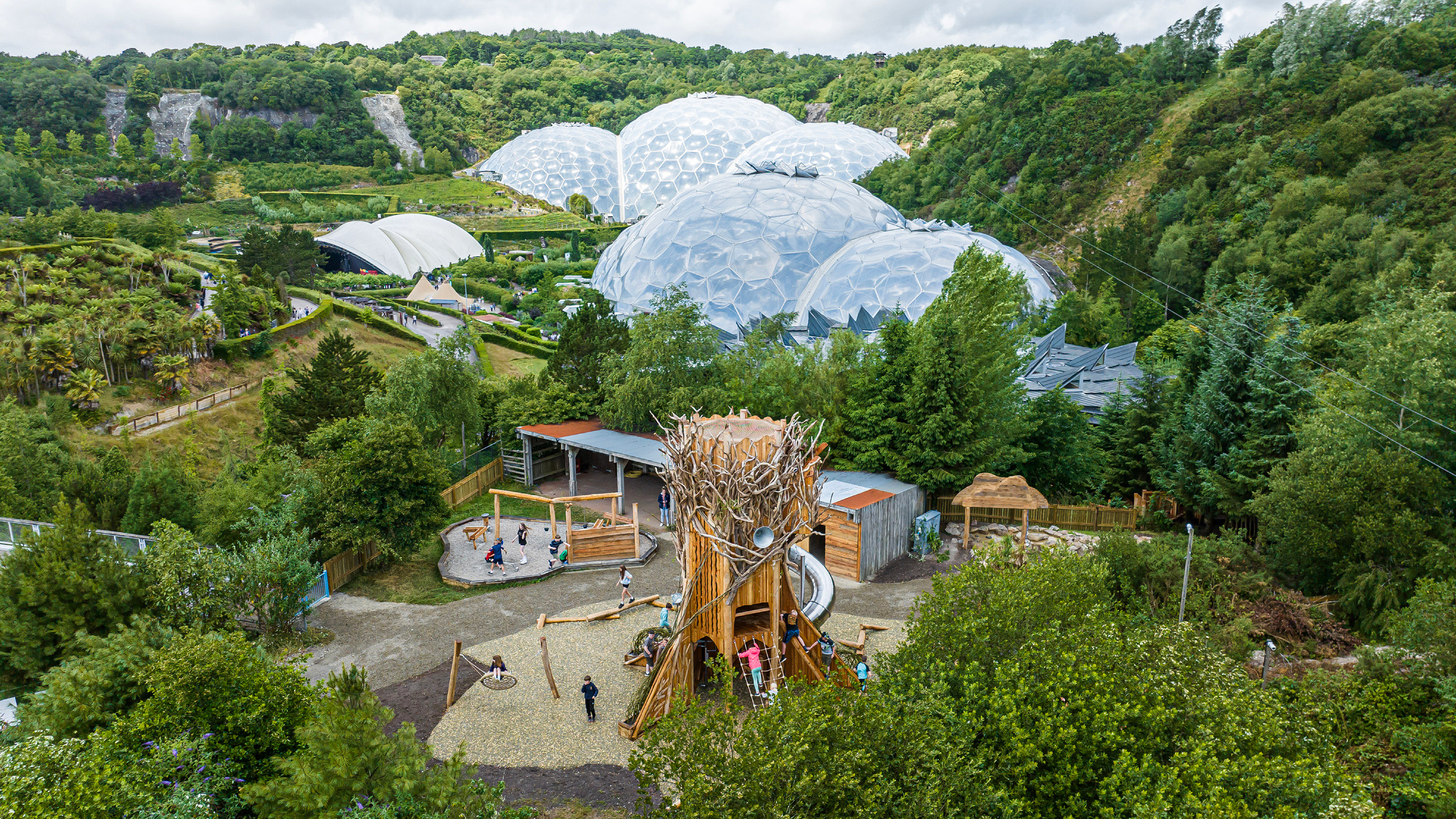Augmented Reality (AR) is a technology that combines virtual elements with the real world, allowing interaction between the two. Through devices such as smartphones, tablets, glasses, or special viewers, computer-generated images, sounds, videos, or other virtual elements are superimposed onto the user’s physical environment.
AR uses cameras and sensors on the device to detect and track the real environment, and then projects digital content onto that image in real time. This allows users to see and interact with virtual objects as if they were present in the real world. By combining these virtual elements with the physical environment, augmented reality allows architects, designers, and clients to explore projects in a more immersive way.
One of its main applications in architecture is the visualization of designs. By using mobile applications or devices such as AR glasses, architects can overlay 3D models of buildings and structures in real time onto the exact location where they will be constructed. This allows users to see how the finished project will look in its real-world location, providing a more accurate and realistic perspective. Clients and architectural professionals can explore different design options, experiment with materials and finishes, and make real-time changes to assess their impact.
9 DeKalb Ave in Brooklyn, Courtesy of Hiroko Masuike for The New York Times
Augmented reality has also revolutionized the presentation of architectural projects by creating interactive and immersive experiences using real-time superimposed 3D models onto the physical environment. This enables clients and the general public to better explore and understand the proposed design. With these 3D models, users can virtually walk inside and around buildings, appreciate the scale and spatial distribution, and preview how the finished spaces will look. This helps communicate ideas more effectively and generate a greater visual impact.
Augmented reality has also found utility in training and construction assistance. Construction workers can use augmented reality devices to receive instructions and visual overlays in real time. This facilitates precise execution of tasks and reduces errors. Technical details, blueprints, and specifications can be displayed directly in the worker’s field of vision, improving efficiency and safety on the job site.
Virtual 3D Tour using Matterport Software. Courtesy of Matterport
AR’s immersive hybrid environments simplify the understanding of the architectural space and building components for both designers and clients similarly. By that, AR does its fundamental role as a communication tool.
Another application it has in architecture is virtual tours. Users can explore and experience the design in a virtual environment, interacting with spaces and architectural elements. This provides an immersive experience that helps understand the scale, materials, and functionality of an architectural project. Virtual tours also allow for the detection of potential issues and adjustments before construction begins, saving time and resources.
There are various augmented reality software used in the field of architecture to create immersive experiences and visualize projects more realistically. Some programs considered augmented reality software are:
1. Autodesk Revit: Revit is a popular software used for building information modeling (BIM) in architecture. It allows for the creation of 3D models that can be visualized using augmented reality tools.
2. SketchUp: SketchUp is a versatile 3D modeling software that is commonly used by architects. It has extensions and plugins that enable augmented reality functionalities.
3. Unity: Unity is a powerful game engine that can also be used for creating augmented reality applications. It offers a wide range of tools and capabilities for architectural visualization.
4. Unreal Engine: Unreal Engine is another popular game engine that supports augmented reality development. It provides high-quality rendering and real-time interaction features for architectural projects.
These software programs provide tools for the creation and manipulation of 3D models, as well as interaction with virtual environments. They allow for real-time overlay of architectural models onto the physical environment, facilitating visualization and evaluation of designs. Additionally, they offer features to add textures, lighting, and other visual elements that enhance the augmented reality experience.
With these software programs, architects can present and communicate their designs more effectively, allowing clients and the public to interact with and better understand architectural projects before construction.
The combination of these software programs with augmented reality devices such as smartphones or specialized glasses offers an innovative way to experience and explore architecture in a virtual environment.
Augmented reality has opened new possibilities in architecture, transforming the way projects are visualized, presented, and experienced. It has provided architects and designers with a powerful tool to communicate their ideas and clients with a more immersive way to make decisions. Augmented reality has improved collaboration and communication, facilitated training and assistance in construction, and enabled virtual tours before construction begins. With its ability to blend the virtual with the real, augmented reality continues to drive innovation in architecture and promises an exciting future for design and construction.







Leave A Comment